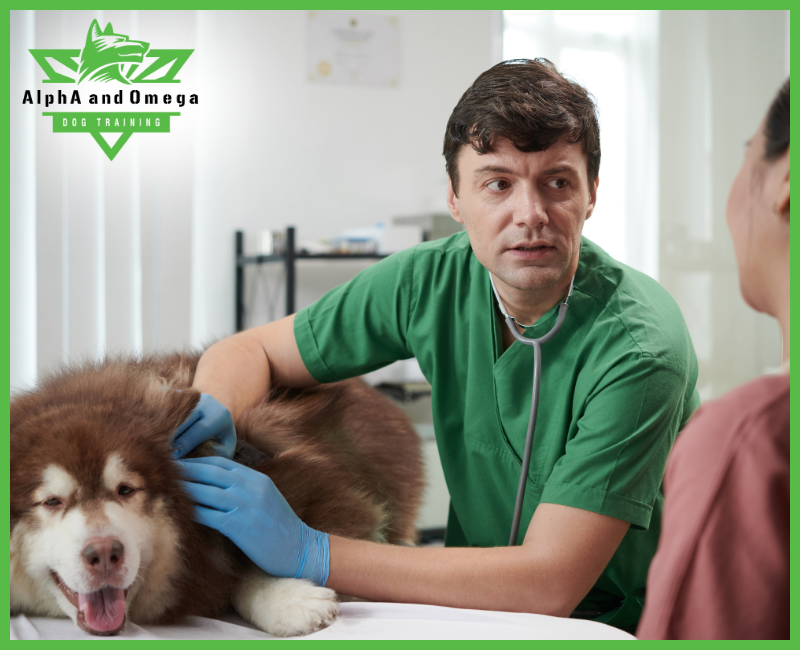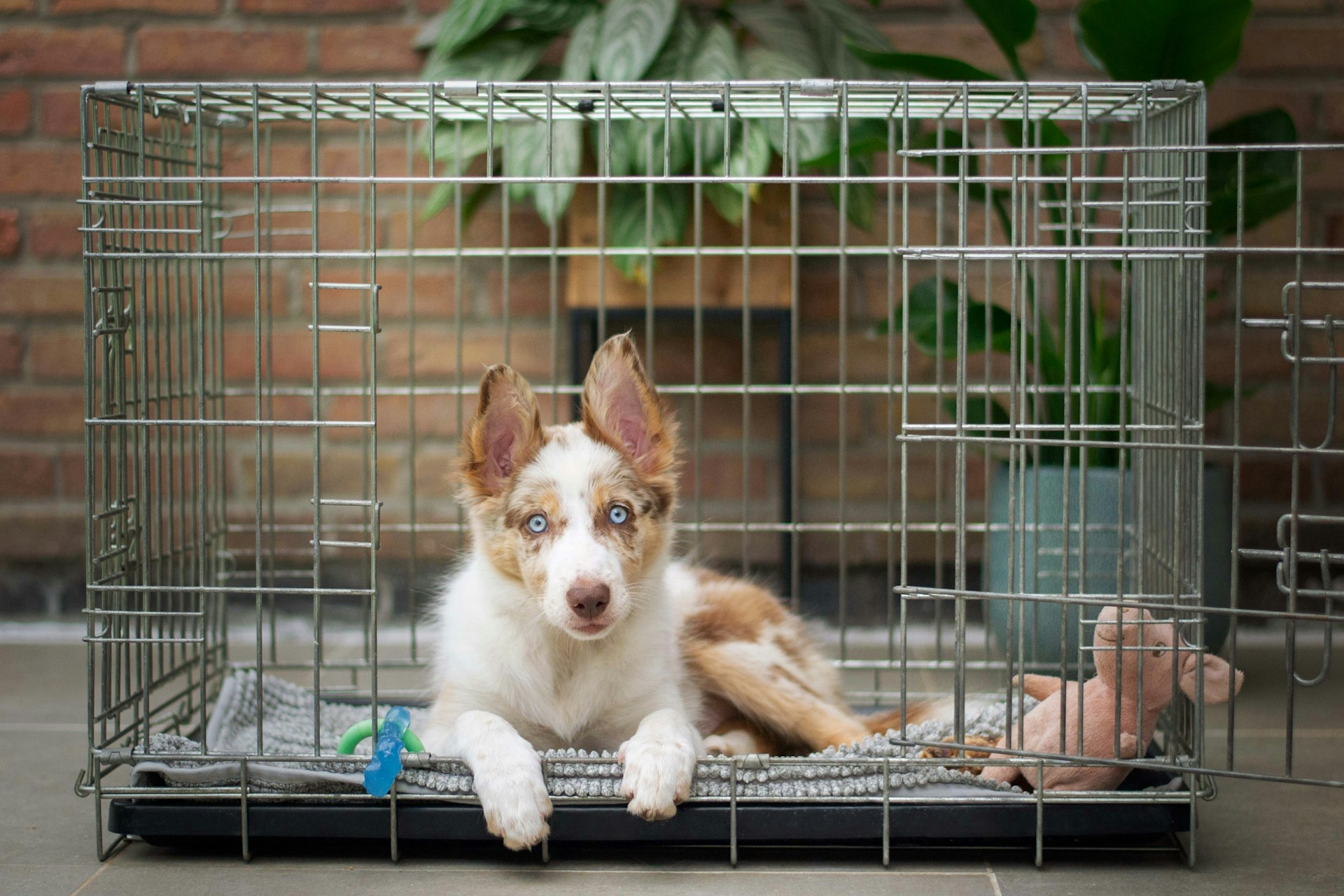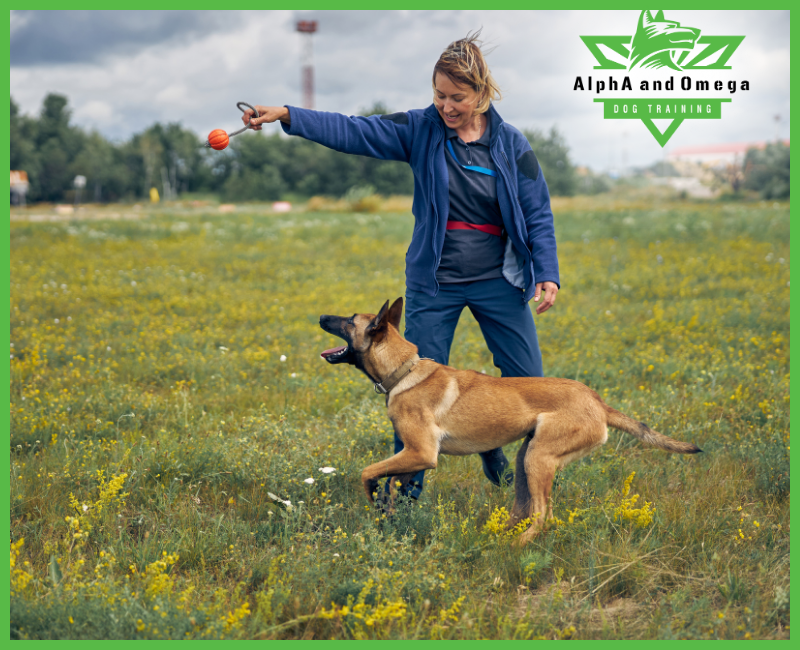
Welcome to our guide on tick awareness and protection for your furry friend. Ticks can pose a significant risk to your dog’s health, so it’s essential to know where to look for these pesky parasites. Safeguarding your beloved companion from tick-borne diseases is very important, especially during summer! Learn how by reading below!
Ticks are a problem for dogs (and for humans) throughout the United States during all seasons of the year. When temperatures rise, and you and your dog are spending more time outside, these bloodsucking parasites become a larger threat. Ticks sit themselves on tall grasses and shrubs, waiting for your dog to walk by, so they can attach themselves to them.
Tick prevention should be taken seriously, and not just because these arachnids make many people squeamish — ticks actually carry quite a few deadly diseases. Some of these tick-borne diseases have no cure, so being diligent in checking for and removing ticks is important.
Talk with your veterinarian before using any medication geared toward preventing ticks because the age and breed of your dog, as well as your location and habits, will determine what will work best.
Be Prepared
Veterinarians recommend that the best defense is a good offense – and that you thoroughly check your dog for ticks as soon as you return from outside. Carefully run your hands all over your dog to search for small bumps.
You don’t have to take your dog to the vet if you find a tick on them – as long as you know how to safely remove the whole tick, including the head, with fine-point tweezers or a specially designed tick removal hook.
“If the tick has been attached for about 48 hours, it can transmit a disease, such as Lyme disease, or cause an infection, so that’s why you should check your dog and yourself as soon as you get inside,” says Dr. Jerry Klein, the AKC’s Chief Veterinary Officer. “Do watch your dog for changes in behavior – lack of appetite, low energy, joint pain – and if the dog shows signs of being ill, make an appointment with your veterinarian.”
Where Should You Check Your Dog for Ticks?
Ticks can be tricky to find on your dog. Ticks can be anywhere, but are generally hiding in one of seven areas, so be sure to check your dog thoroughly in these places.
Head and Ears

Dogs are curious creatures, sticking their heads into everything, so it’s not uncommon for ticks to find their way onto the head and into a dog’s ears. With so many crevices and hiding places, the ears make a perfect home for a hungry tick.
When checking your dog, make sure to look on the outside of the ears and also deep into the ear, because the ticks can get attached and go unnoticed for a long time. If your dog is shaking their head and scratching at their ear, it’s a sure sign that something is off, and you’ll want to take a look.
Toes
Since ticks hide in places where they won’t be found, crawling in between your dog’s toes and attaching there is a common occurrence. You can find them in between the toes or even on the bottom of the foot near the pads. If you notice your dog licking or chewing their feet, there might be something bothering them, and that something could be a tick.
Tail
Ticks like dark, moist areas, so the underside of the tail makes a great home. Since most owners aren’t regularly checking the underside of the dog’s tail, especially near the base, a tick can go unnoticed for quite some time. If your dog has thick fur, you’ll want to make sure to comb through it and search thoroughly. A fine comb will likely catch a tick that’s attached itself under the tail.
Groin
Most dog owners aren’t keen on checking their dog’s genital regions. However, this area is another dark, moist region on the body that ticks really like hanging around in. Ticks can become attached and stay hidden by the dog’s coat and tail for a long time.
Eyelids
A lot of ticks go unnoticed near the eyelids because they’re mistaken for skin tags or eye discharge. Unfortunately, by the time many owners realize there is a tick on their dog’s eyelid, the tick has been attached for quite a while. This isn’t ideal, because the longer a tick stays attached, the more likely transmission of disease is to occur.
Under the Collar
Many dogs rarely have their collars taken off, and with good reason — it’s important to keep proper identification on your dog at all times. Ticks can become attached underneath your dog’s collar without anyone noticing, usually until the tick is large enough to be seen — which means it’s been there for a while. Sometimes, removing and checking the collar itself will prevent a tick from attaching if it’s just crawling around underneath. Whatever the case, removing the collar to do a thorough check for ticks is important.
Under Their Arms
Another common place for ticks to attach is high up where the dog’s front legs meet their body – what we would call the armpit region. It’s a nice, dark area where it’s difficult for the dog to reach or for you to see.
Make your furry friend ready to take on the great outdoors! From obedience training to specialized courses, we have the tools to prepare your dog for outdoor adventures! Let us help you build a strong relationship with your pet and earn its respect to lead your pack! Contact us today at (844) 739-0990 to learn more. Join our Instagram @alphaomegadogtraining for more tips! Check out our Youtube videos for more helpful tips, tricks, and tutorials.
Reference: [https://www.akc.org/expert-advice/health/places-to-look-for-ticks-on-dog/]





